
Chickens
Chickens
This section highlights the structures and behaviors of a species that has had a significant impact on human culture and economies.
Learning Objective: Provide an overview of chickens, including the role of artificial selection, human uses of chickens, and rhythms of chicken behaviors.
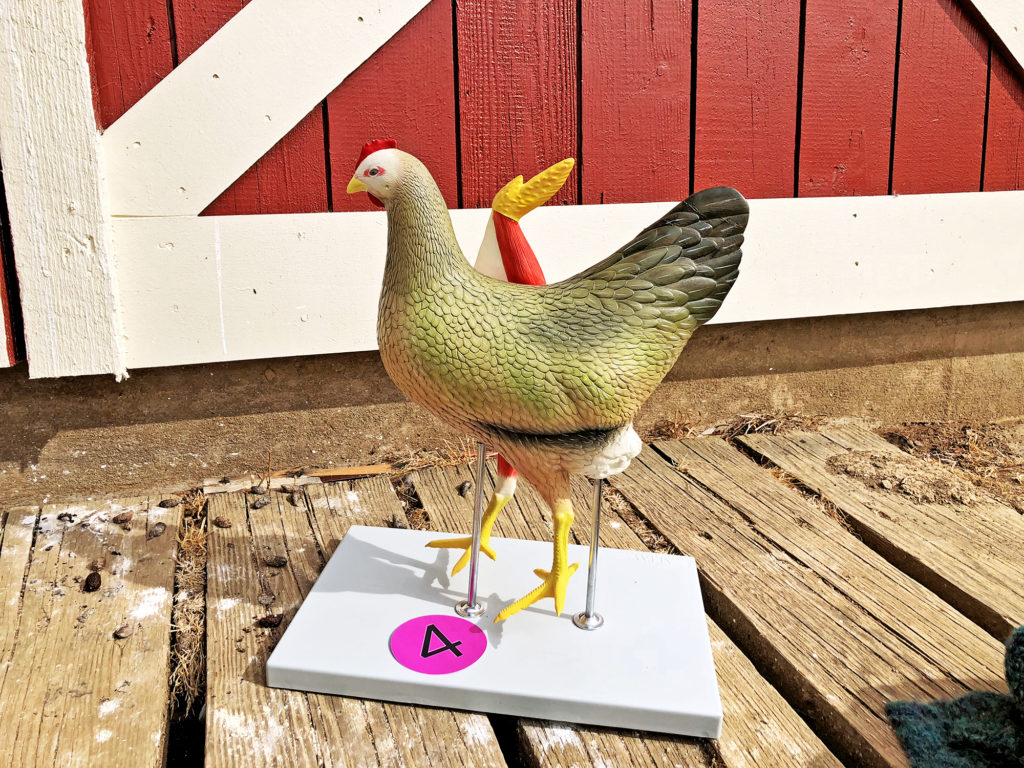
How many chickens are there on Earth?
Take a guess
There are an estimated 20 billion chickens on Earth, but outside of agriculture, many people know little about these animals.
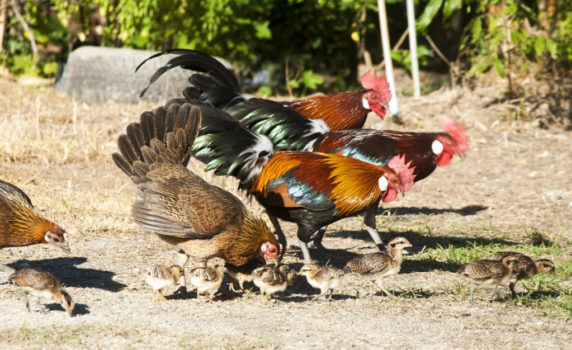
Red Junglefowl from a large range of Asia are the ancestors to domesticated chickens. Artificial selection over 5000 years has resulted in numerous chicken breeds.
Chicken breeds vary in size, colors, feathers, meat quality, egg production, and behaviors.
Various chicken muscles have been augmented for size and used as meat in the human diet.
The skeletal muscle cells vary by use and cellular structure, resulting in different colors of meat. Chickens are flightless and use their legs/thighs for movement. These structure have more muscle protein and darker cells than the breast and wings.
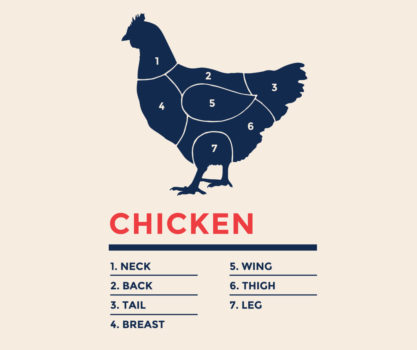
We’re going to continue misconception-busting with information related to chickens.
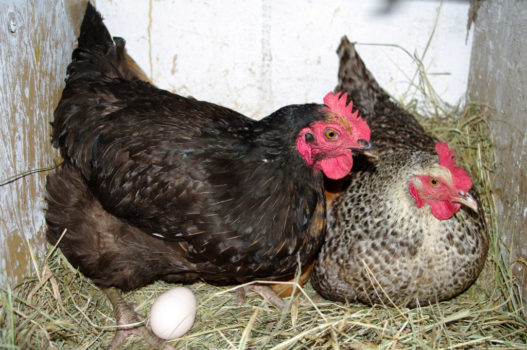
Light impacts egg production in hens. Day length alters hormone levels and ovarian activity. Is light an endogenous or exogenous factor?
Answer: exogenous
There are cold-weather chicken breeds that can tolerate lower temperatures, but all chickens need protection during cool winter months. Chickens enter and leave coops as needed, an indication of a level of cognition related to environmental conditions.
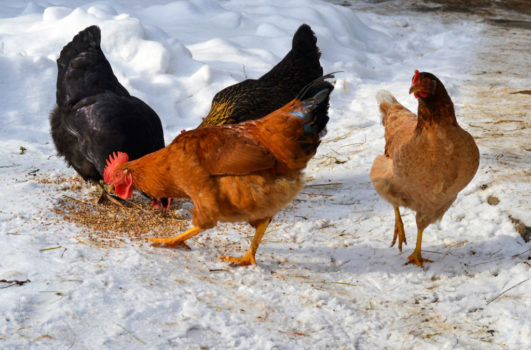
In the next section, we’ll take a closer look at temperature regulation in animal species.











